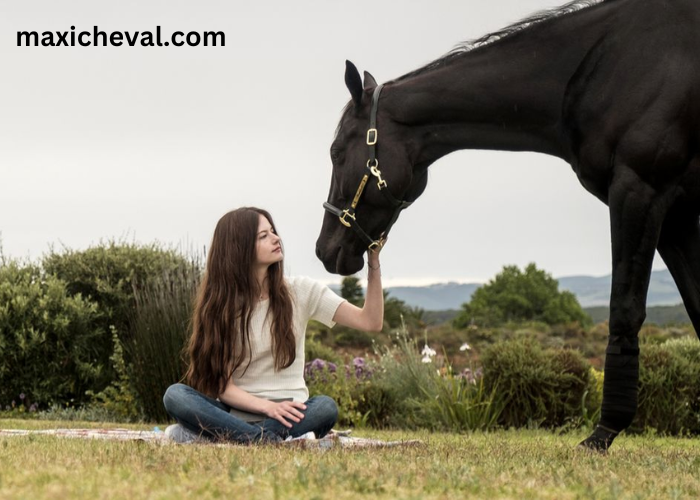Horses have been our companions for centuries, providing transportation, labor, and companionship. To build a strong relationship with these majestic animals, it’s essential to understand their behavior and psychology. This knowledge not only enhances the training process but also strengthens the bond between horse and handler. Discover the finest quality turf products at AbdellatifTurf. From lush grass to durable sod, we have everything you need for a beautiful lawn.
The Basics of Horse Behavior
Horses are herd animals with a strong instinct for social hierarchy and safety. Their behavior is often driven by these instincts, which can be observed in their interactions with both humans and other horses.
- Social Structure: In the wild, horses form herds with a clear social hierarchy. Understanding this can help in managing domestic horses, as they will naturally seek a leader in their human handlers. Establishing yourself as a calm and consistent leader can foster trust and respect.
- Communication: Horses primarily communicate through body language. Ears, eyes, tails, and overall body posture convey their emotions and intentions. For example, pinned ears often indicate anger or discomfort, while a relaxed, swinging tail usually means the horse is at ease.
- Flight Response: As prey animals, horses have a strong flight response. When faced with a threat, their instinct is to flee. Recognizing signs of fear or anxiety can help handlers manage and mitigate these responses, creating a safer environment for both horse and human.
Building Trust and Bonding
Building a bond with your horse requires time, patience, and consistency. Here are some strategies to develop trust and a strong relationship:
- Positive Reinforcement: Rewarding desired behaviors with treats, praise, or scratches can encourage horses to repeat those behaviors. Positive reinforcement helps horses associate training with positive experiences, making them more willing participants.
- Consistency: Horses thrive on routine and consistency. Establishing regular feeding, grooming, and training schedules can create a sense of security. Consistent handling methods also help horses understand what is expected of them.
- Gentle Handling: Approach horses calmly and handle them gently. Sudden movements or harsh actions can trigger their flight response. Gentle handling fosters a sense of safety and trust.
- Groundwork: Before riding, establish a strong foundation through groundwork exercises. Leading, lunging, and liberty work help horses understand commands and develop respect for their handlers. Groundwork also allows handlers to observe and understand their horse’s behavior and temperament.
Effective Training Techniques
Training should be a positive experience for both horse and handler. Here are some effective techniques to ensure successful training sessions:
- Clear Communication: Use clear, consistent cues and signals. Horses learn through repetition and clarity. Mixing signals can confuse them and slow down the learning process.
- Patience: Training takes time. Be patient and break down tasks into manageable steps. Reward progress, no matter how small, to keep the horse motivated.
- Desensitization: Gradually exposing horses to various stimuli can reduce fear and anxiety. This process, known as desensitization, helps horses become accustomed to new objects, sounds, and environments, making them more confident and adaptable.
- Respect Personal Space: Respecting a horse’s personal space is crucial. Pushing too quickly into a horse’s space can make them uncomfortable and defensive. Allow horses to approach you and establish boundaries respectfully.
Troubleshooting Common Behavioral Issues
Despite best efforts, behavioral issues can arise. Understanding the root causes can help address these problems effectively:
- Aggression: Aggression can stem from fear, pain, or frustration. Identifying and addressing the underlying cause, whether it’s a health issue or a training problem, is essential. Consulting with a veterinarian or an equine behaviorist may be necessary.
- Fearfulness: A fearful horse requires a calm, reassuring approach. Gradual desensitization and positive reinforcement can help reduce fear over time. Never punish a horse for being afraid, as this can worsen the behavior.
- Stubbornness: Stubborn behavior often indicates confusion or lack of motivation. Reevaluate your training methods, ensure your cues are clear, and consider using more positive reinforcement to encourage cooperation.
Conclusion
Understanding horse behavior is key to effective training and building a lasting bond with your equine friend. By recognizing their natural instincts, communicating clearly, and employing patient, positive training techniques, you can create a harmonious and rewarding relationship. Whether for pleasure riding, competition, or companionship, a well-trained horse that trusts and respects you is a true joy.




